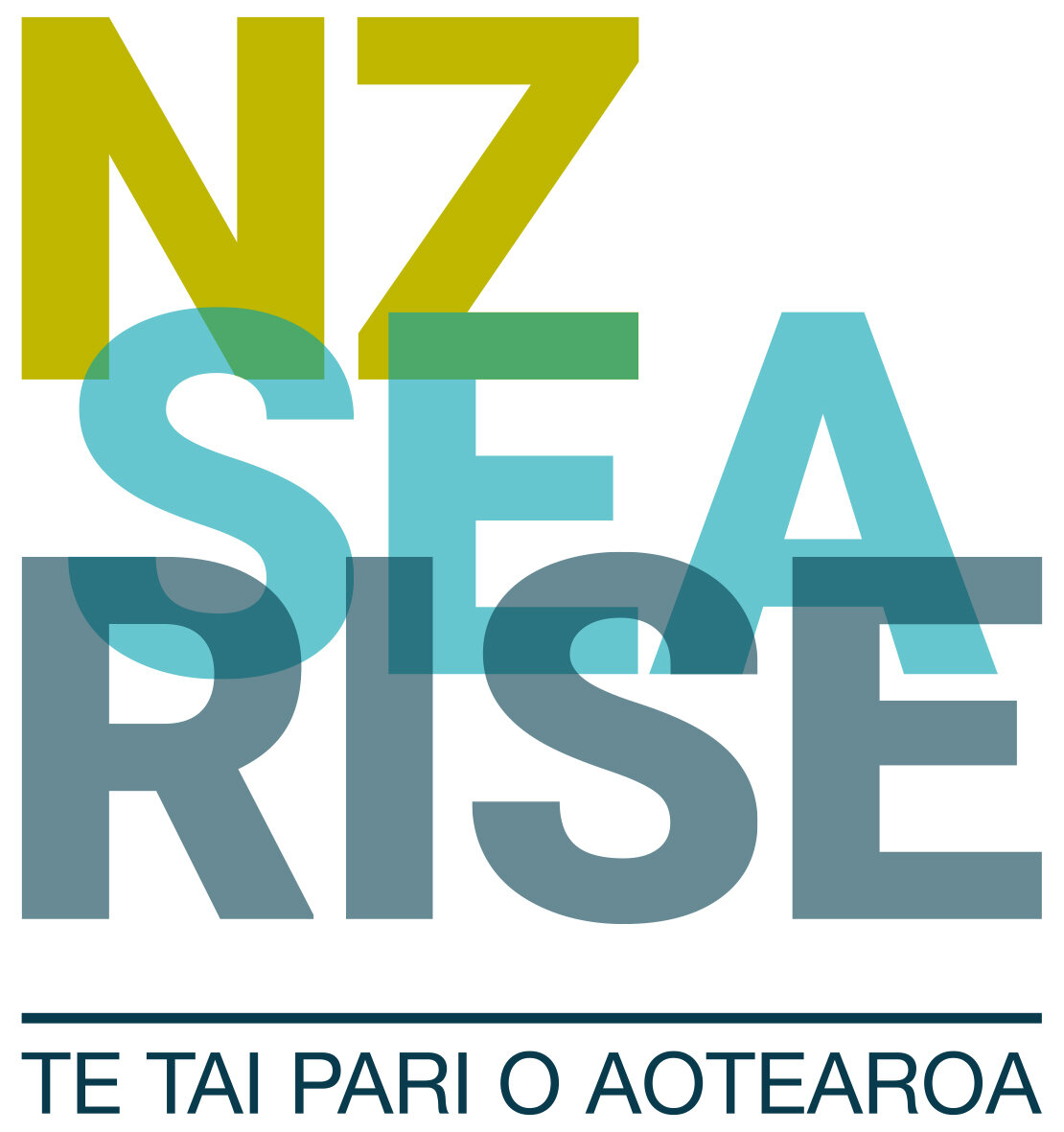Climate Change Minister James Shaw says the release of new sea level rise data underlines the importance of the work the Government is doing to build a low emission, climate resilient future for Aotearoa.
“Data from the NZ SeaRise programme confirms why this Government is right to prioritise action to cut emissions and prepare communities for unavoidable climate impacts,” says James Shaw.
The NZ SeaRise: Te Tai Pari O Aotearoa programme has released data today showing the projected impact of sea level rise around the coast of Aotearoa New Zealand.
“Sea level rise has been a known consequence of climate change for many decades. What this data helpfully does is update the evidence we have for what sea level rise will mean for us in Aotearoa.
“While the findings are sobering, the data shows why we must continue to build on the progress this Government has made over the last four years to build a climate-friendly, prosperous future for Aotearoa – ending offshore fossil fuel exploration, upgrading schools, hospitals and businesses to run on clean energy, and making it easier for families to purchase low-emission vehicles.
“Later this month we will publish New Zealand’s first ever plan to cut emissions in every part of the country. Collectively, the actions that will make up the Emissions Reduction Plan will meet the climate targets this Government has set. Achieving these targets will improve our towns and cities and help to create climate friendly places for us all to live and work.
“While cutting emissions is the best possible step we can take to limit the severity with which we feel the impacts of climate change, we know we must also prepare for the effects we cannot avoid. Right now our Government is asking for feedback on New Zealand’s first ever National Adaptation Plan. This plan will be a step change in the way we plan and prepare for the impact of climate change.
“The new sea level rise data provides further evidence of the challenge we have ahead of us. But the underlying question it asks is whether we can address the challenge in a way that benefits everyone. The answer for this Government is clear: we are committed to taking climate action that will deliver new jobs and opportunities for Kiwi businesses, lower household energy bills, a more sustainable agriculture sector, less air pollution, warmer, drier homes, exciting new technologies, the protection of native species and eco-systems, cost savings for businesses, and overall resilience,” says James Shaw.

